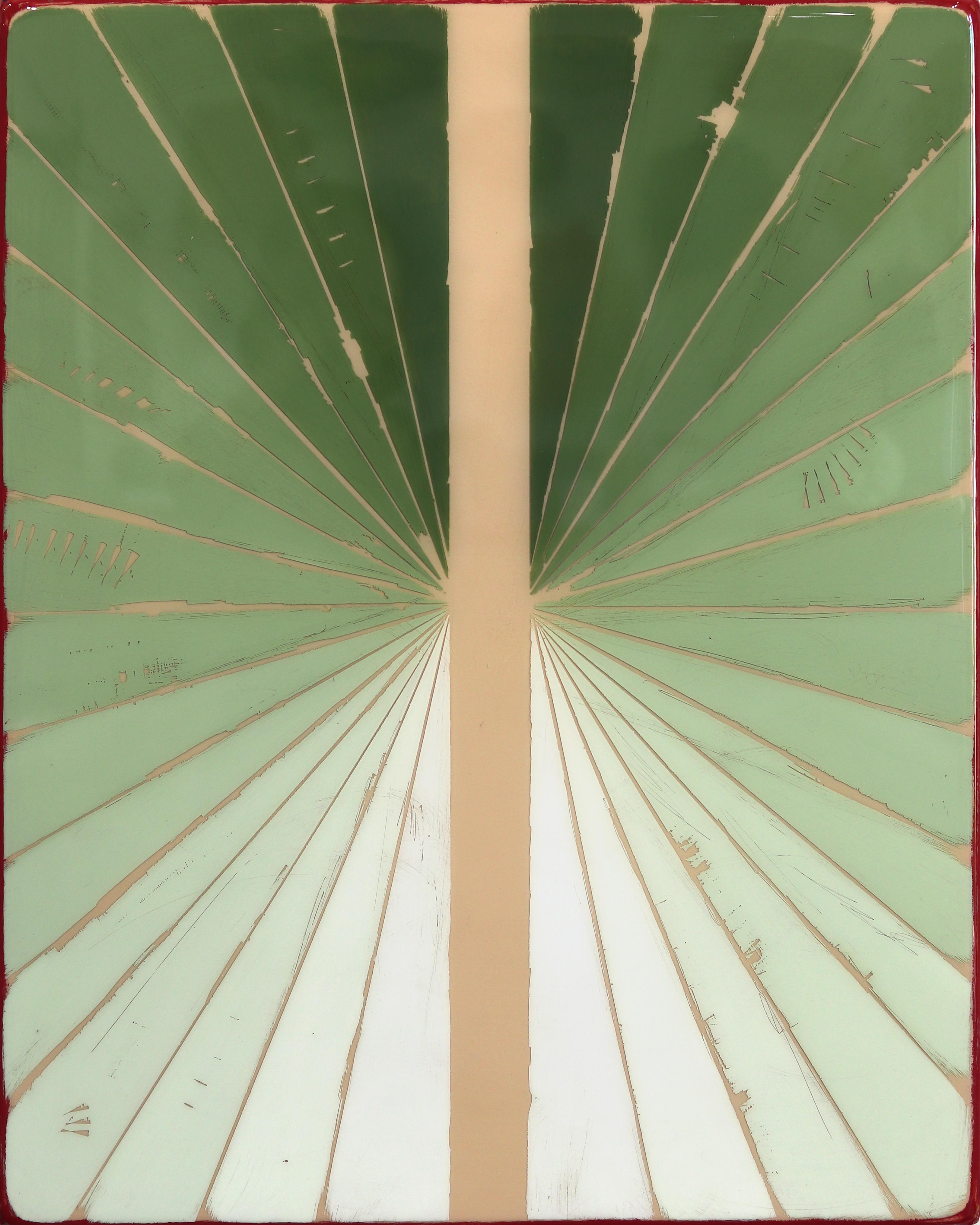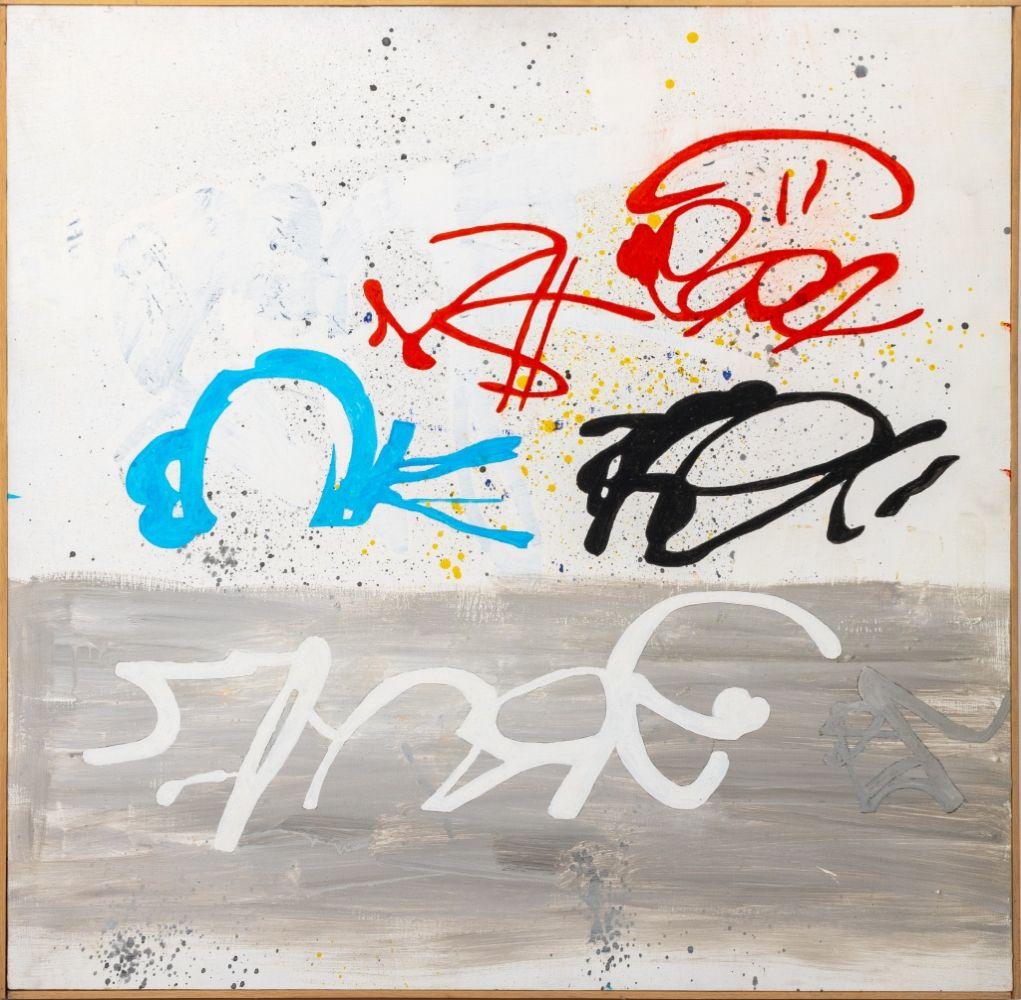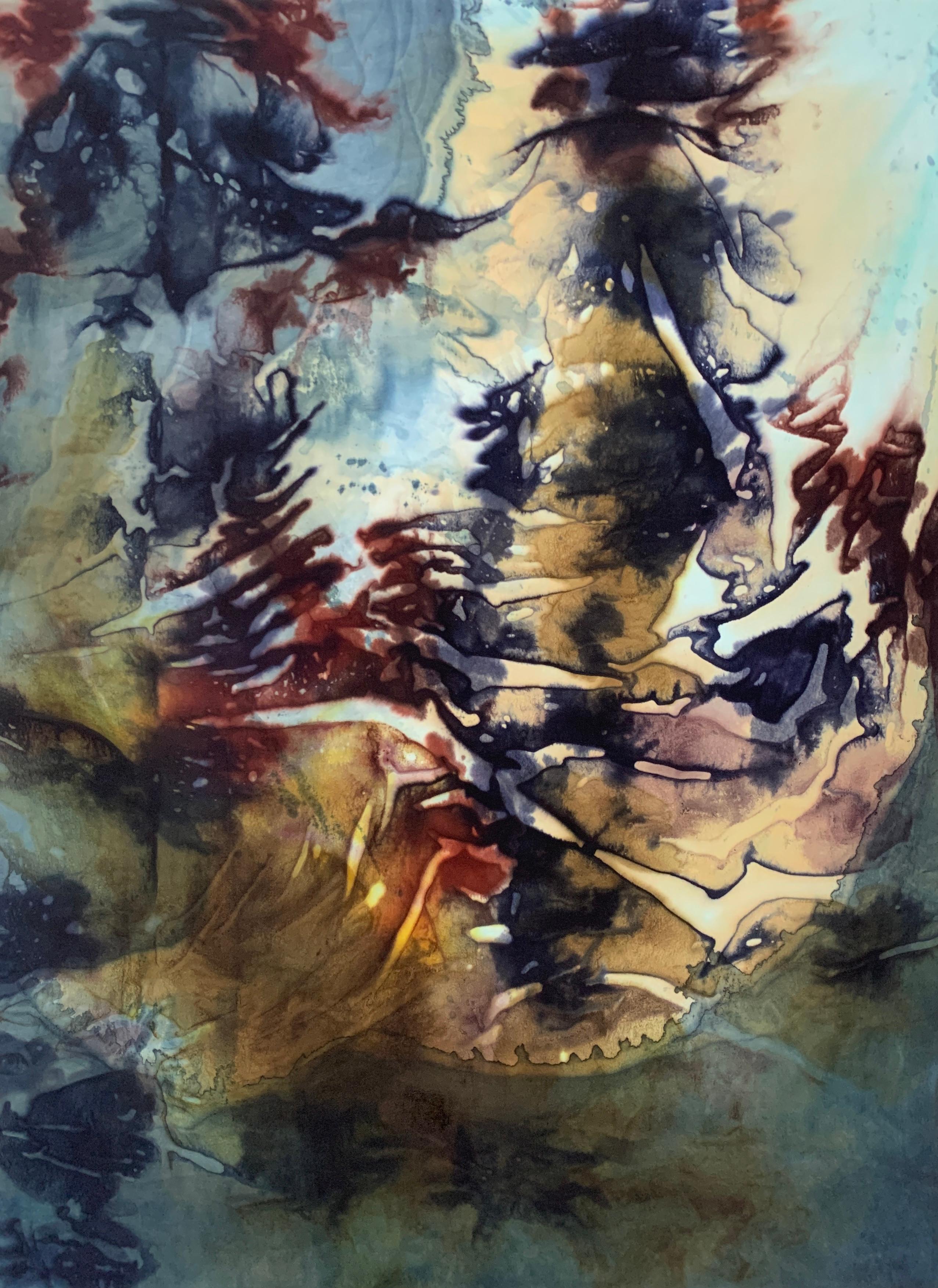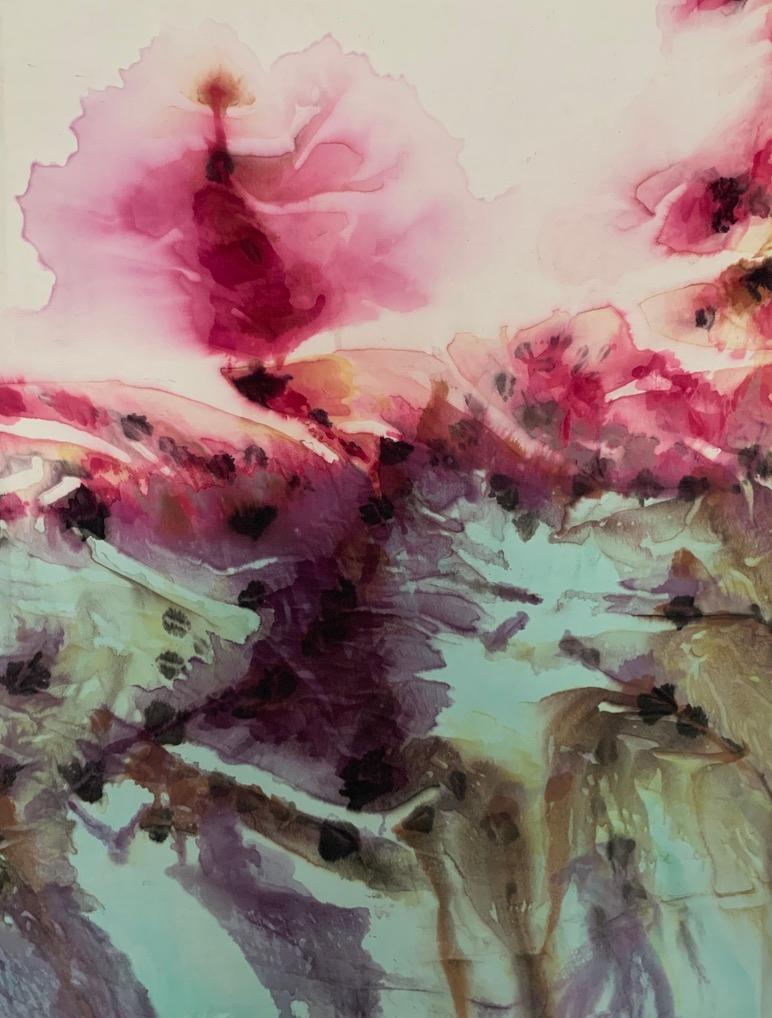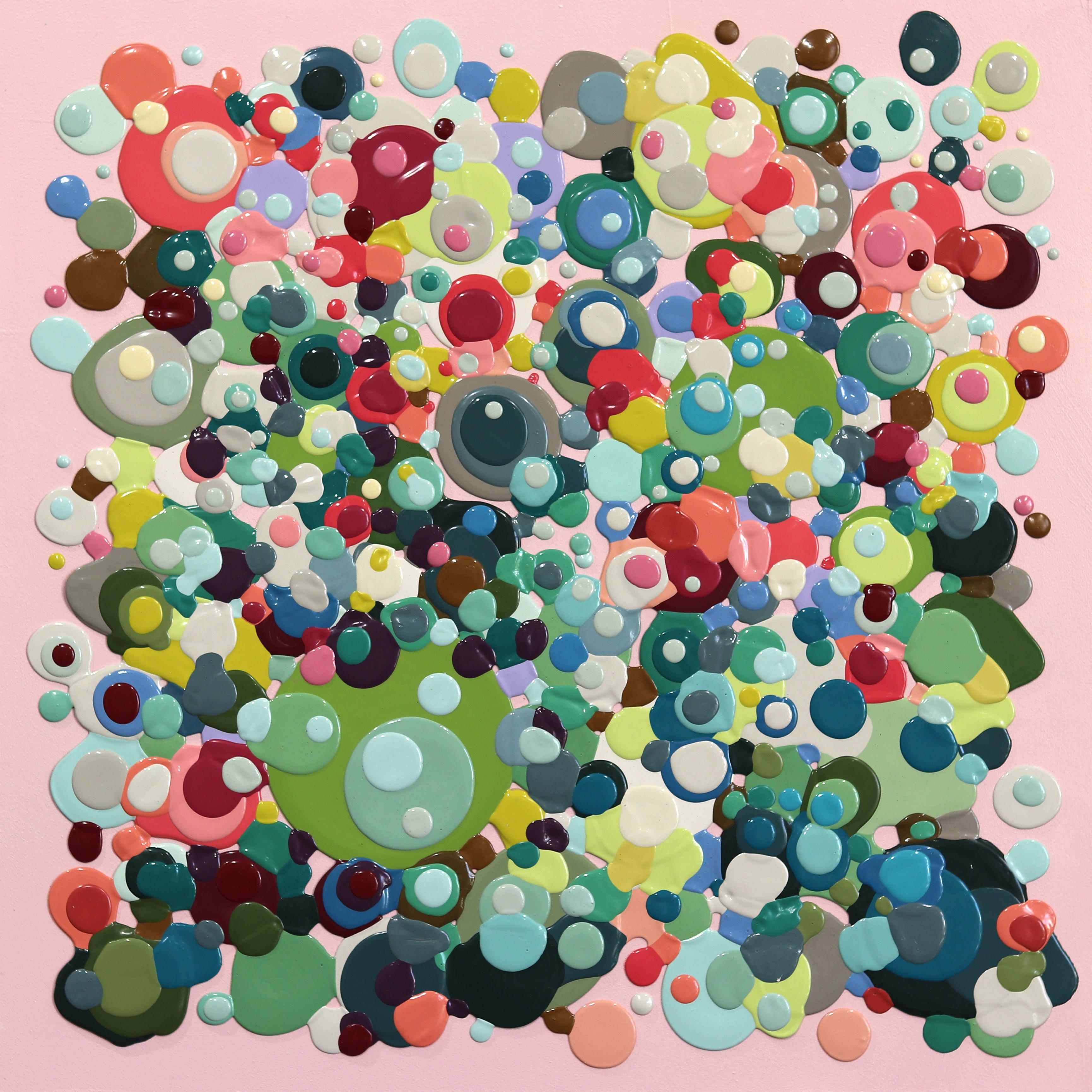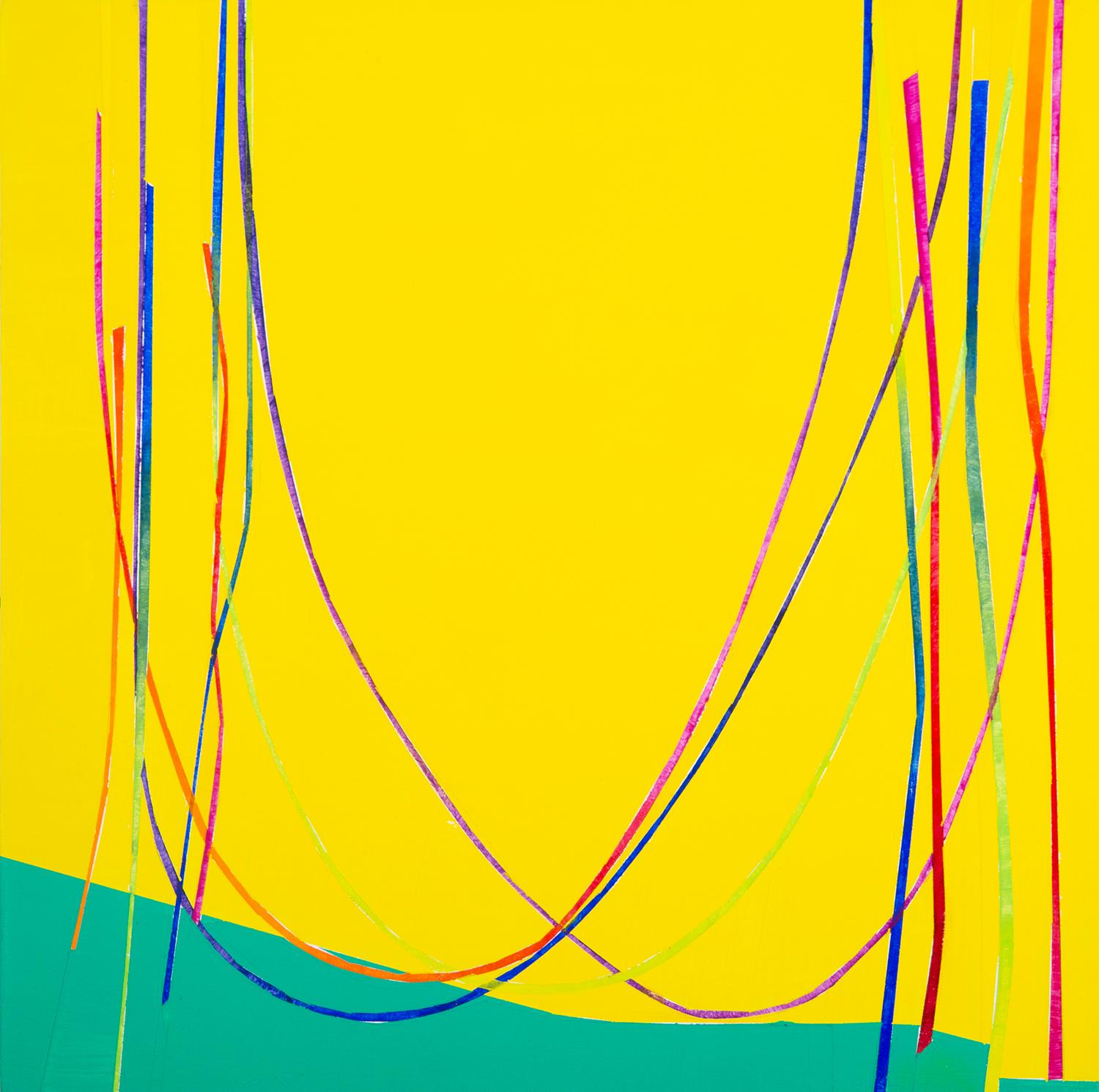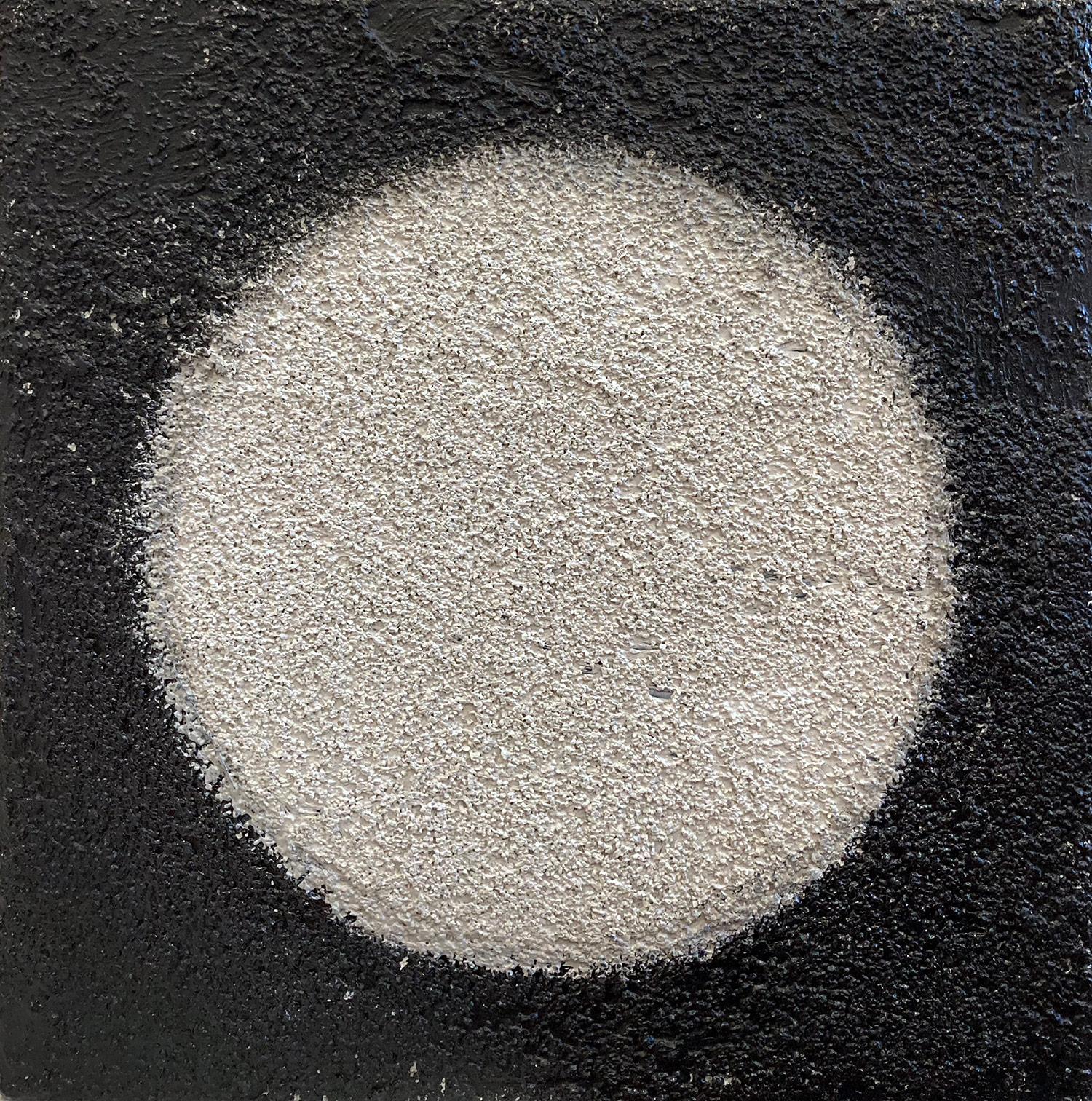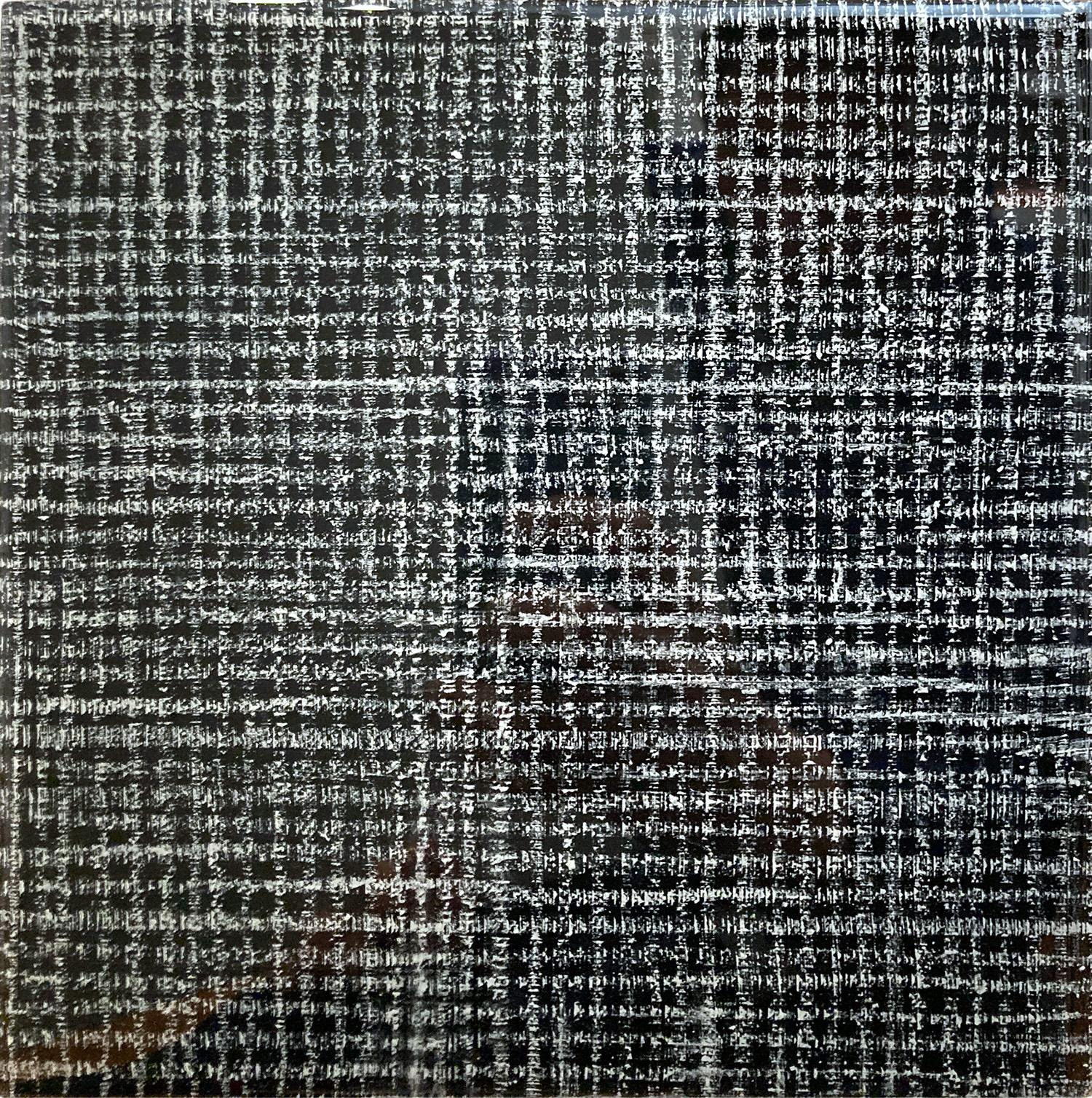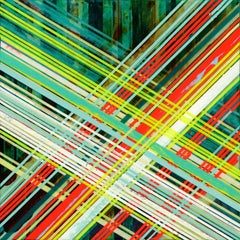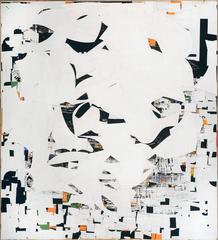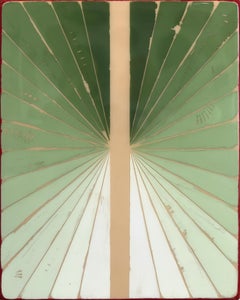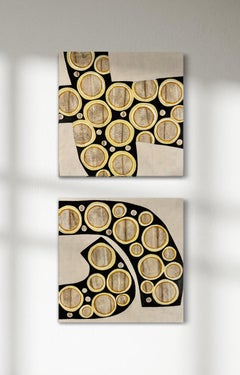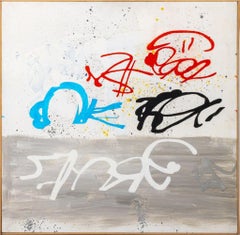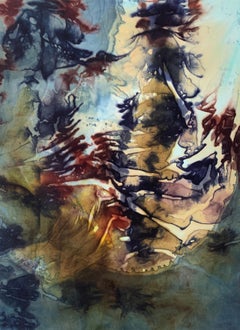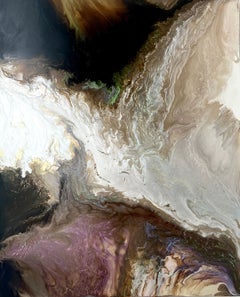
Chaos Canyon
View Similar Items
Want more images or videos?
Request additional images or videos from the seller
1 of 5
Suzan WoodruffChaos Canyon
$13,200List Price
About the Item
- Creator:Suzan Woodruff (American)
- Dimensions:Height: 49 in (124.46 cm)Width: 40 in (101.6 cm)
- Medium:
- Period:
- Condition:
- Gallery Location:Fairfield, CT
- Reference Number:1stDibs: LU183214491122
About the Seller
5.0
Vetted Professional Seller
Every seller passes strict standards for authenticity and reliability
Established in 1996
1stDibs seller since 2015
260 sales on 1stDibs
Typical response time: 1 hour
Authenticity Guarantee
In the unlikely event there’s an issue with an item’s authenticity, contact us within 1 year for a full refund. DetailsMoney-Back Guarantee
If your item is not as described, is damaged in transit, or does not arrive, contact us within 7 days for a full refund. Details24-Hour Cancellation
You have a 24-hour grace period in which to reconsider your purchase, with no questions asked.Vetted Professional Sellers
Our world-class sellers must adhere to strict standards for service and quality, maintaining the integrity of our listings.Price-Match Guarantee
If you find that a seller listed the same item for a lower price elsewhere, we’ll match it.Trusted Global Delivery
Our best-in-class carrier network provides specialized shipping options worldwide, including custom delivery.More From This Seller
View AllBubbleliscious
By Charlotte Smith
Located in Fairfield, CT
Represented by George Billis Gallery, NYC & LA -- With these new paintings, Charlotte Smith has gone from workmanlike, whimisical, crafty surfaces with encrustation of pleasing pile...
Category
2010s Abstract Abstract Paintings
Materials
Acrylic, Panel
Stream
By Charlotte Smith
Located in Fairfield, CT
Represented by George Billis Gallery, NYC & LA -- With these new paintings, Charlotte Smith has gone from workmanlike, whimisical, crafty surfaces with encrustation of pleasing pile...
Category
2010s Abstract Abstract Paintings
Materials
Acrylic, Panel
$3,600
Weaving 1421 (Diamond)
By Nina Tichava
Located in Fairfield, CT
Represented by George Billis Gallery, NYC & LA --Pulling imagery and motif from organic form, architecture, media and design I create densely layered, mixed-media paintings that ar...
Category
2010s Abstract Abstract Paintings
Materials
Paper, Ink, Acrylic, Panel
Free Form
By Michael Cutlip
Located in Fairfield, CT
Represented by George Billis Gallery, NYC & LA --“Adhering collage elements to panels on which he can also paint, Cutlip gives just the right heft to his compositions, a balancing ...
Category
2010s Abstract Abstract Paintings
Materials
Paper, Mixed Media, Acrylic, Panel
$6,500
Mammatus Clouds
By Suzan Woodruff
Located in Fairfield, CT
With a career spanning four decades, Suzan Woodruff is well known for her luminous, ethereal, and yet deeply grounded abstractions. Utilizing a physically demanding painting process, Woodruff creates paintings that are marked by cascading patterns that seem to change as the eye moves across the painting - colors shift, forms appear and recede, the light changes. Woodruff’s mastery of her medium is haunting in its beauty - transfixing and transforming.
Born in Phoenix, AZ, Woodruff’s creative life began at an early age. Raised by her gold-prospector grandparents who taught her how to read rocks and by her desert-bohemian mother, Woodruff immersed herself in the desert’s infinite spaces, stark light, and spectacular vistas. She received an art scholarship to Arizona State University where she studied printmaking, painting, and sculpture followed by apprenticeships with printmakers and artists including Shinkichi Tajiri...
Category
2010s Abstract Paintings
Materials
Acrylic, Panel
Weaving 1425 (Chevron)
By Nina Tichava
Located in Fairfield, CT
Represented by George Billis Gallery, NYC & LA -- Pulling imagery and motif from organic form, architecture, media and design I create densely layered, mixed-media paintings that ar...
Category
21st Century and Contemporary Abstract Abstract Paintings
Materials
Paper, Mixed Media, Acrylic, Panel, Pencil
You May Also Like
Wiggle Room 15-1 - Modern Resin Minimalist Green Tone Gradient Abstract Art
By Ricky Hunt
Located in Los Angeles, CA
Ricky Hunt’s mixed media minimalist wall art is influenced by his tumultuous past that led to a paradigm shift in creativity and life. He covers the wood panel with layers of acrylic...
Category
21st Century and Contemporary Modern Abstract Paintings
Materials
Resin, Mixed Media, Acrylic, Wood Panel
"Hieroglyphics 1 & 2" Abstract Diptych Painting - each canvas is 12"x12".
By Sofie Swann
Located in Westport, CT
This abstract diptych (set of two paintings) by Sofie Swann features a warm neutral palette, with light brown circular shapes layered in black organic encompassing shapes, over a bei...
Category
2010s Abstract Abstract Paintings
Materials
Acrylic, Wood Panel, Tea
"Scrittura"
Located in Astoria, NY
Paolo Barrile (Italian, b. 1925), "Scrittura", Acrylic on Panel, 1997, signed, titled, dated, and numbered "18" to verso, wood frame. Image: 27.5" H x 28" W; frame: 28.25" H x 28.75"...
Category
1990s Contemporary Abstract Paintings
Materials
Acrylic, Panel
Dye Painting #16
By Jennifer Wolf
Located in Santa Monica, CA
Interested in communicating ideas of history, place and nature in her painting practice, Jennifer Wolf utilizes natural dyes and minerals to feature a historically significant palett...
Category
2010s Abstract Abstract Paintings
Materials
Copper
Dye Painting #15
By Jennifer Wolf
Located in Santa Monica, CA
Interested in communicating ideas of history, place and nature in her painting practice, Jennifer Wolf utilizes natural dyes and minerals to feature a historically significant palett...
Category
2010s Abstract Abstract Paintings
Materials
Silk, Dye, Acrylic, Wood Panel, Pigment
Our Town - Original Homes on White Table Blue Abstract Textural Artwork on Wood
By Rebecca Klundt
Located in Los Angeles, CA
Rebecca Klundt’s "Our Town" explores the beauty of original mixed-media art, geometric abstractions, and textural paintings. This one-of-a-kind artwork, measuring 26 inches high by 3...
Category
21st Century and Contemporary Abstract Impressionist Mixed Media
Materials
Wood, Mixed Media, Acrylic, Wood Panel
